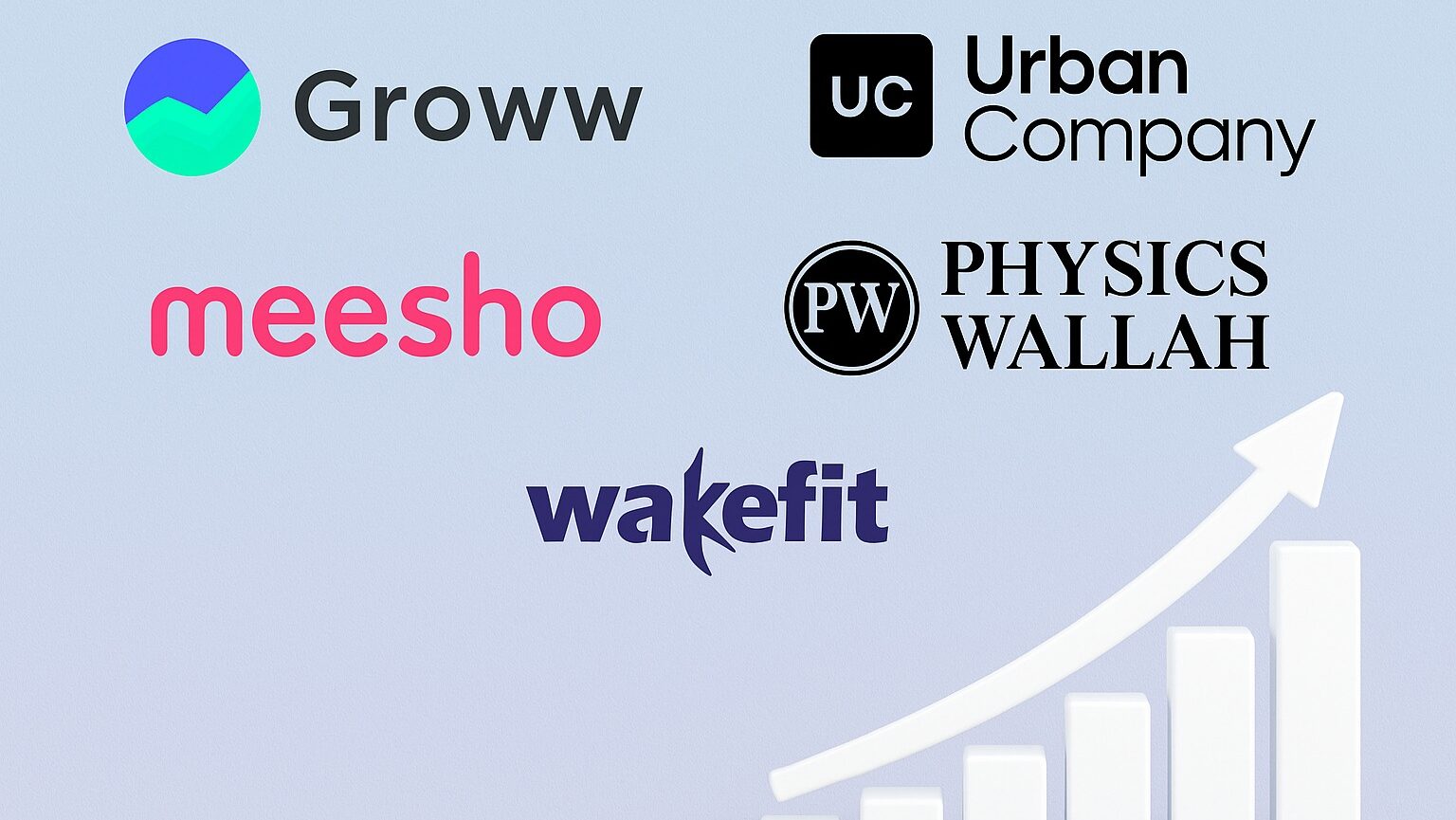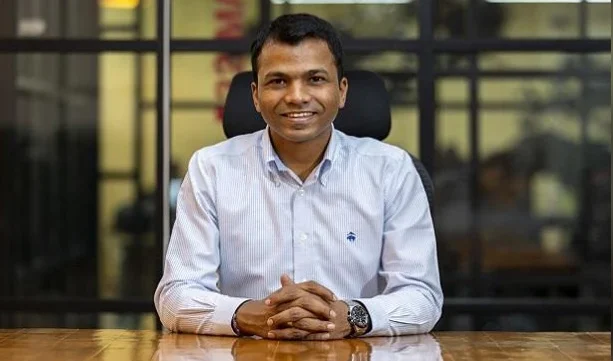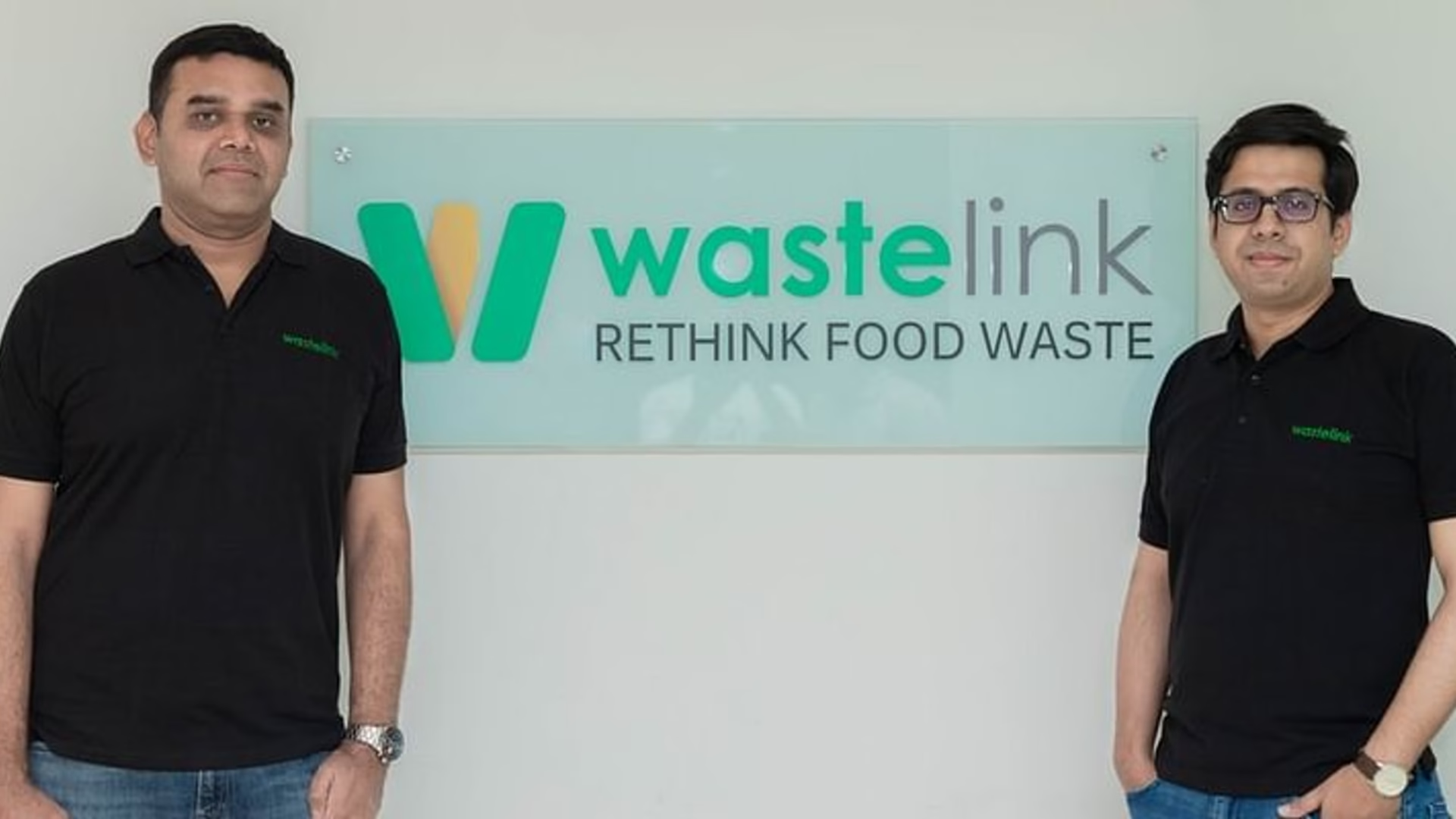In a landmark move towards sustainable industrial transformation, Reliance Industries Limited (RIL), helmed by Chairman Mukesh Ambani, has announced a massive investment of ₹1.5 trillion (approximately $18 billion) to accelerate its new energy ventures and expand its petrochemical business. The announcement was made alongside the company’s financial results for FY25.
The investment will be split equally between building new energy capabilities and strengthening Reliance’s petrochemical operations – both critical pillars in the company’s long-term growth strategy.
“We have laid robust foundations for our new energy and battery businesses. Over the next few quarters, we will transition from project incubation to full operationalization,” said Mukesh Ambani.
“I firmly believe our new energy growth engine will create significant value for Reliance, for India, and for the world.“
New Energy Focus: Building an Integrated Green Energy Platform
The centrepiece of Reliance’s green transition is the Dhirubhai Ambani Green Energy Giga Complex in Jamnagar, Gujarat – one of the largest such initiatives globally.
The complex will house four advanced giga factories focusing on:
- Solar Photovoltaic (PV) Modules:
- 1 GW Heterojunction (HJT) solar module facility already commissioned.
- Expansion to 10 GW by 2026, scalable up to 20 GW.
- Modules certified by BIS with a peak rating of 720 Wp, among the highest available globally.
- Advanced Battery Storage:
- Building a 30 GWh capacity for Lithium Iron Phosphate (LFP) battery packs and cells.
- Commercial production of battery packs targeted by 2026.
- Electrolyzer Manufacturing:
- Multi-GW production facility under construction.
- Joint venture with Norway’s Nel ASA to anchor the green hydrogen ecosystem.
- Fuel Cell Systems:
- Developing fuel cells to convert hydrogen into power for mobility and stationary energy needs.
All projects are designed to achieve full value-chain integration – from raw materials to finished green energy products – offering significant cost and efficiency advantages.
Reliance’s solar panel production is supported by expansive land holdings in Gujarat’s Kutch region, sufficient to generate up to 150 billion kilowatt-hours (kWh) annually – equivalent to powering over 15 million homes.
“Engineering across the value chain – from polysilicon to wafer, cell, and module – is complete. Construction is progressing at full pace,” confirmed a senior executive.
Reliance has also commenced work on a dedicated transmission line from Jamnagar, enabling seamless evacuation of renewable energy.
Also Read: Tesla Begins Refunding Old Bookings, Signals Imminent India Entry
Battery and Hydrogen: Deepening the Energy Transition
Beyond solar, Reliance is aggressively pushing into battery storage and green hydrogen:
- Battery packs production by 2026, with cell manufacturing to follow soon after.
- Reliance targets becoming a global leader in utility-scale energy storage systems by 2030.
- 2,000 acres acquired in Kandla, Gujarat for a comprehensive green hydrogen hub.
- Electrolyzer and hydrogen fuel cell manufacturing aimed at enabling India’s National Green Hydrogen Mission, which targets 5 million metric tonnes of annual green hydrogen production by 2030.
By fully integrating solar energy, battery storage, and hydrogen production, Reliance aspires to deliver cost-competitive green energy at scale – a feat unmatched globally at this magnitude.
Petrochemicals: Expansion with Sustainability at the Core
In its petrochemical segment, Reliance plans to:
- Expand its production capacity for downstream chemicals and polymers.
- Accelerate the adoption of circular economy technologies, including chemical recycling of plastics.
- Reduce carbon emissions significantly across its refineries and chemical plants.
The petrochemical expansion is aimed at enhancing value addition, reducing dependency on imports, and increasing India’s footprint in the global chemicals trade – projected to grow from $4.7 trillion in 2023 to $6 trillion by 2030 (McKinsey report).
CFO V. Srikanth confirmed that after the Jio capex cycle, Reliance’s future capital allocation will be “calibrated and more revenue-linked,” ensuring robust returns.
Reliance Financial and Strategic Outlook
Reliance forecasts that profits from the new energy vertical could equal or surpass earnings from its traditional oil-to-chemicals (O2C) business by FY29-FY31.
Importantly, the company expects the new energy division to contribute more than 50% of consolidated profits by early 2030s, marking a historic shift in the conglomerate’s revenue composition.
Reliance has also reaffirmed its commitment to achieving net-zero carbon emissions by 2035, positioning itself alongside global energy giants pivoting to clean technologies.
Global Protective Packaging Industry: A Parallel Trend
As green energy investments rise, so does demand for sustainable logistics solutions. A notable example is the bubble wrap market, crucial for global e-commerce and logistics:
| Year | Global Bubble Wrap Market Value | Key Drivers |
|---|---|---|
| 2020 | $6.6 billion | COVID-19 e-commerce surge |
| 2023 | $8.1 billion | Retail, electronics, industrial expansion |
| 2025 (est.) | $9.5 billion | Shift towards eco-friendly, biodegradable wraps |
The push for biodegradable and recyclable protective materials mirrors the ethos of companies like Reliance, prioritizing sustainability across sectors.
India’s Leadership in Global Clean Energy
Through strategic investments across solar, storage, green hydrogen, and petrochemicals, Reliance Industries is not only transforming its own business model but also laying the foundation for India’s leadership in the global clean energy transition.
The ₹1.5 trillion commitment underlines Reliance’s ambition: to lead the next energy revolution with scale, speed, and sustainability.
Also Read: How Bubble Wrap Turned a Mistake Into a $5 Billion Empire
























